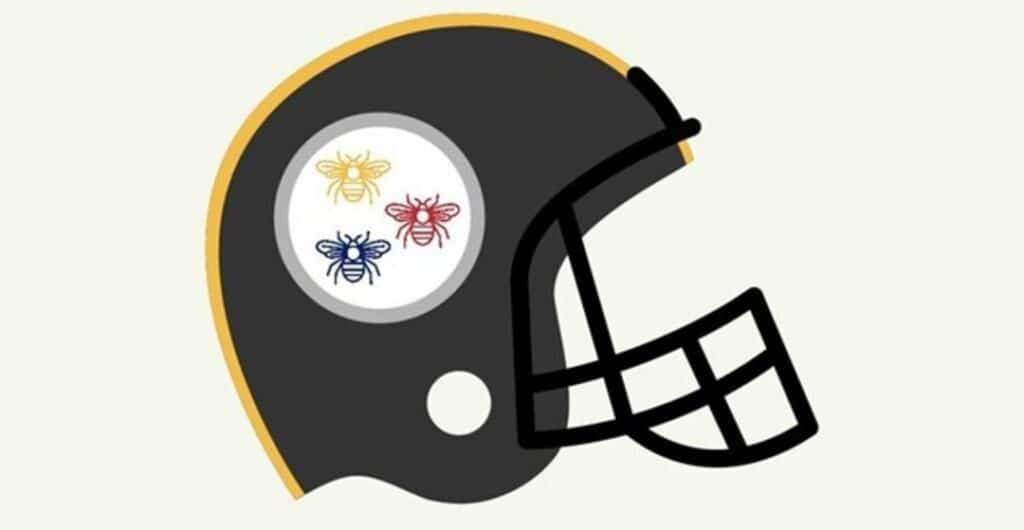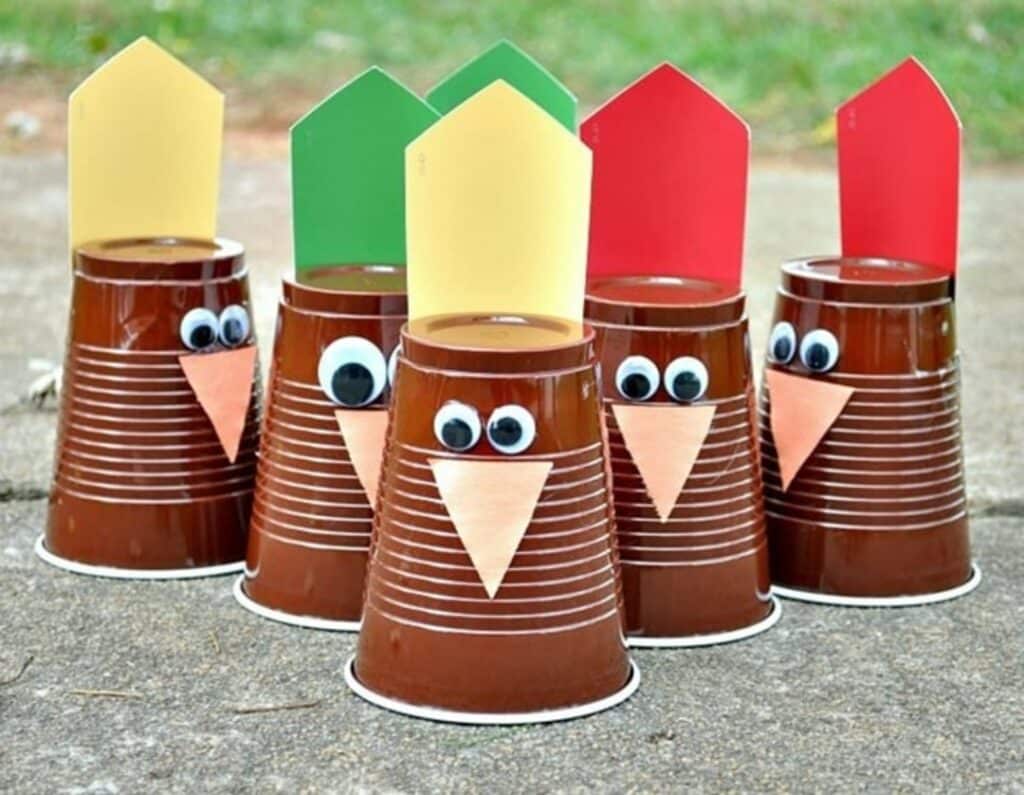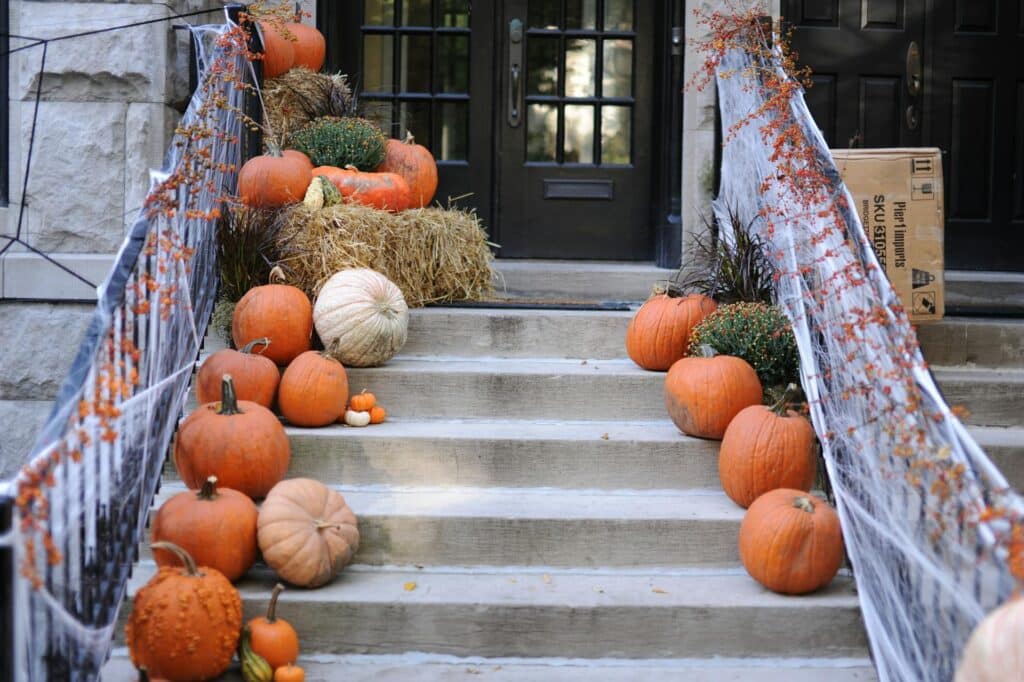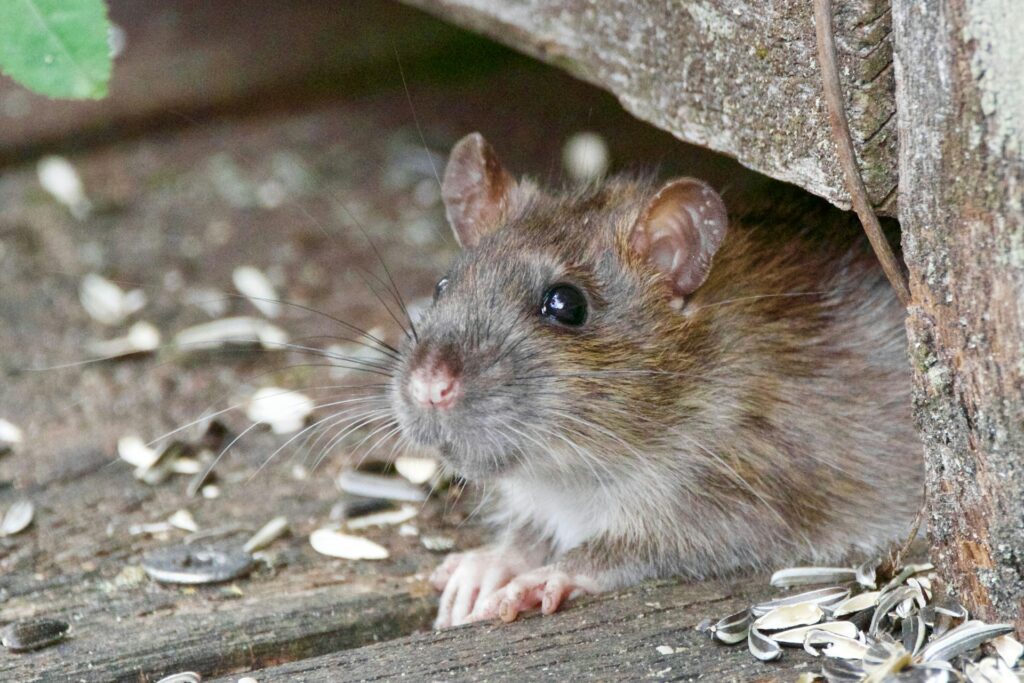When it comes to home improvement and pest control, understanding the creatures that might invade your space is crucial. Among the myriad of pests, harvester ants are a significant concern. These industrious insects, known for their seed-collecting habits, can become a nuisance if they decide to settle near or within your home.
Harvester ants might seem like just another type of ant, but their presence can lead to a range of issues. From painful stings to lawn and garden damage, these ants can wreak havoc if left unchecked. Effective pest control starts with knowledge. By understanding the specifics of harvester ants, you can address any problems quickly and take proactive steps to prevent infestations.
Moreover, being informed about these ants helps you make better decisions about prevention and treatment. Whether you’re a DIY enthusiast or prefer professional pest control services, having a solid grasp of harvester ants’ habits and threats will empower you to protect your home more effectively.
What are Harvester Ants?
Harvester ants are a fascinating and industrious species known for their collection habits. Generally ranging in size from a quarter to half an inch, they sport colors from red to brown and are equipped with powerful mandibles.
Their defining characteristic, however, is their penchant for gathering seeds, which they meticulously store in their underground nests. Unlike many other ant species, harvester ants are solitary foragers, often creating well-defined trails from their nests to food sources.
In the ecosystem, harvester ants play a crucial role as both seed dispersers and soil aerators. By collecting and storing seeds, they inadvertently contribute to the propagation of various plant species. Their digging activities help aerate the soil, promoting healthier plant growth. These ants are also a vital part of the food web, serving as prey for numerous animals, including birds, reptiles, and other insects. Despite their benefits to the ecosystem, their behaviors can become problematic when they encroach on human habitats.
The presence of harvester ants in residential areas is not uncommon, especially in regions with sandy or loose soil. They prefer open, sunny spaces, which often include lawns, gardens, and even the peripheries of homes. Their nests, characterized by large, bare patches of soil with a central entrance, can be unsightly and damaging to landscaping. Additionally, the ants’ foraging trails can extend considerable distances, bringing them into direct contact with human activities and potentially leading to indoor infestations.
In residential settings, harvester ants can cause several issues. Their sting, though not as painful as some other ants, can still cause discomfort and allergic reactions in sensitive individuals. They can also damage lawns and gardens by stripping vegetation around their nests, leading to unsightly patches. Moreover, their foraging habits can lead them to infiltrate homes in search of food, posing a nuisance to homeowners.
By recognizing their role in the ecosystem and their impact on residential areas, homeowners can take informed steps to mitigate their presence and protect their properties.
Are Harvester Ants Harmful?
The short answer to this question is yes, and here’s why.
Harvester Ant Bites & Stings
Harvester ants can inflict a painful sting, which they use to defend their nests. While their stings are not as potent as those of fire ants, they can still cause considerable discomfort. The sting results in a sharp pain followed by a burning sensation, and it may lead to swelling and redness around the affected area.
For some individuals, particularly those with allergies, the reaction can be more severe, potentially requiring medical attention. Unlike some ants that bite and then spray formic acid into the wound, harvester ants luckily rely on their sting alone to deliver venom.
Impact on Vegetation
One of the most significant ways harvester ants can be harmful is through their impact on vegetation. These ants are voracious seed collectors, stripping areas of seeds, which can prevent plant regeneration. In gardens and lawns, this behavior can lead to bare, unsightly patches.
Harvester ants also cut and carry plant material back to their nests, sometimes damaging flowers, crops, and plants. Their nests themselves, which can become quite large and often result in dead spots in the grass, disrupting the aesthetic and health of your garden and yard.
Potential for Structural Damage
While harvester ants are primarily outdoor pests, they can occasionally cause structural damage. Their extensive tunneling activities can undermine soil stability around foundations, patios, and walkways. Over time, this can lead to settling and cracking in these structures.
Additionally, in their search for food and nesting sites, harvester ants can enter homes, potentially causing damage to wood and other building materials. Although they are not as notorious as termites or carpenter ants for structural damage, their presence should not be underestimated.
How to Identify Harvester Ants
By understanding the harvest ant’s physical appearance, nesting preferences, and the signs of an infestation, you can take timely action to prevent and control these pests, ensuring your home remains safe and comfortable.
Appearance
Harvester ants are relatively easy to identify once you know what to look for. These ants typically measure a quarter to half an inch, making them larger than many other common ant species. They are usually red, brown, or a mix of the two, and their bodies are divided into three distinct segments: the head, thorax, and abdomen.
One key feature to note is their powerful mandibles or jaws, which they use to collect and cut seeds. Unlike other ants that may have a more uniform coloration, harvester ants often have a slightly shiny or glossy appearance, particularly on their thoraxes.
Harvester Ant Nesting Sites
Identifying harvester ants also involves knowing where they like to set up their nests. These ants prefer open, sunny areas with sandy, loose soil, which makes it easier for them to dig their extensive tunnel systems
Common nesting sites include lawns, gardens, fields, and the edges of driveways and sidewalks. The nests themselves are distinctive, often characterized by large, bare patches of soil with a central entrance hole. You might also notice small mounds of displaced soil around the entrance, which is a clear sign of their underground excavations.
Signs of Harvester Ant Infestation
Recognizing a harvester ant infestation involves looking for specific signs, mainly outside but sometimes inside your home. Outdoors, the presence of bare soil patches with central holes is a strong indicator of the ants’ nests. Additionally, you might see well-defined trails leading away from the nest, often lined with discarded seed husks and plant material.
Inside your home, signs of infestation can include the presence of the ants themselves, especially in kitchens or pantries where they might be foraging for food. You may also notice small piles of soil or debris near entry points, such as windowsills, door frames, or cracks in the foundation. If left unchecked, these infestations can grow, leading to more significant problems.
How to Prevent and Treat Harvester Ant Infestation
Preventing a harvester ant infestation starts with basic home and garden maintenance. Seal all cracks and crevices in your home’s foundation, windows, and doors to block their entry. Regularly inspect and repair any damaged screens, and ensure that door sweeps and weather stripping are in good condition. Keeping your lawn well-maintained, with regular mowing and minimal bare patches, can also deter these ants from nesting close to your home.
Natural remedies can be effective in managing harvester ants. Diatomaceous earth, a natural powder made from fossilized algae, can be sprinkled around the perimeter of your home and in areas where ants are active. This powder is abrasive to ants and can help reduce their numbers without harmful chemicals. Essential oils like peppermint, tea tree, or citrus mixed with water and sprayed around entry points and nests have been known to repel these ants.
Chemical treatments are another option for more severe infestations. Baits and insecticides specifically designed for harvester ant control can be used around the perimeter of your home and near nesting sites. It’s essential to follow the manufacturer’s instructions carefully and consider consulting a professional if the infestation is extensive.
Maintaining a clean environment is crucial in preventing harvester ants from invading your home. Keep food stored in airtight containers, promptly clean up spills and crumbs, and take out the trash regularly. Outside, remove fallen fruit and keep compost bins securely covered. By eliminating food sources and maintaining cleanliness, you can make your home less attractive to these persistent pests.
When to Reach Out to Professional Help
Knowing how to deal with harvester ants is half the battle, but sometimes, you need professional help. If you notice large, persistent nests, numerous ants inside your home, or experience multiple stings, it may be time to call in the experts. Professional pest control services have the tools and expertise to tackle the worst infestations, providing a level of thoroughness that DIY methods often can’t match.
Professionals can identify the root of the problem and apply targeted treatments to eradicate the ants, preventing further damage to your property and vegetation. They can also offer advice on long-term prevention strategies, ensuring these pesky invaders don’t return.
Preventing infestations involves a combination of vigilant home maintenance, regular inspections (either by a pro or by the homeowner), and potentially scheduled pest control treatments. By staying proactive, you can keep your home and garden safe from the detrimental effects of this pernicious, persistent pest—the harvester ant. If you’re ready for tailored pest control for you and your home, give Aptive a call, we’re here to help.









